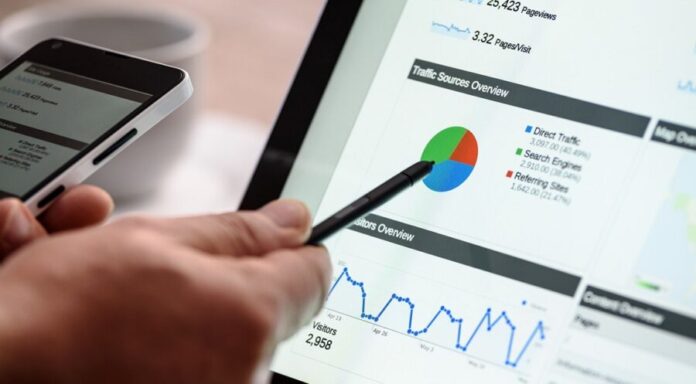The 2022 Global Payments Study has been released by Endava, a global leader of digital transformation, agile development, and intelligent automation services, Zawya reports.
The research discusses the global standards for business-to-business (B2B) payments as they exist today, the difficulties of running a manual process, the advantages of digitization, and potential changes to payments in the future.
According to Scott Harkey, Executive Vice President, Financial Services & Payments, Endava, over the past two years businesses have started to question their supposed need on legacy systems and consider how they may streamline their daily operations.
He claimed that their data showed a payments landscape in which businesses were adopting modernization projects to boost efficiency because they were no longer content with the current quo.
When combined, checks and cash accounted for around a fifth of all global payment volume, although they are no longer the dominant ways they once were.
For all the regions included in the survey, less than one-third of payments volume was made using paper-based techniques.
In terms of payments modernity, North America lags behind APAC, MEA, LatAm, and Europe. Due to its comparatively large check volume (16%), North America receives a lower score.
Organizations frequently use a variety of methods to process payments. Although ePayments software is also frequently used, bank-provided bill pay websites are the most popular.
In the upcoming year, businesses will place the greatest emphasis on enhancing security, digitizing payments, and maximizing analytics use.
Endava asked survey participants about their organization’s major projects and how they planned to change the current payment method volume in the future in order to assist predict the future of B2B payments. Strengthening security was given top priority, which is consistent with the large number of firms naming fraud as their biggest concern with both local and international payments.



